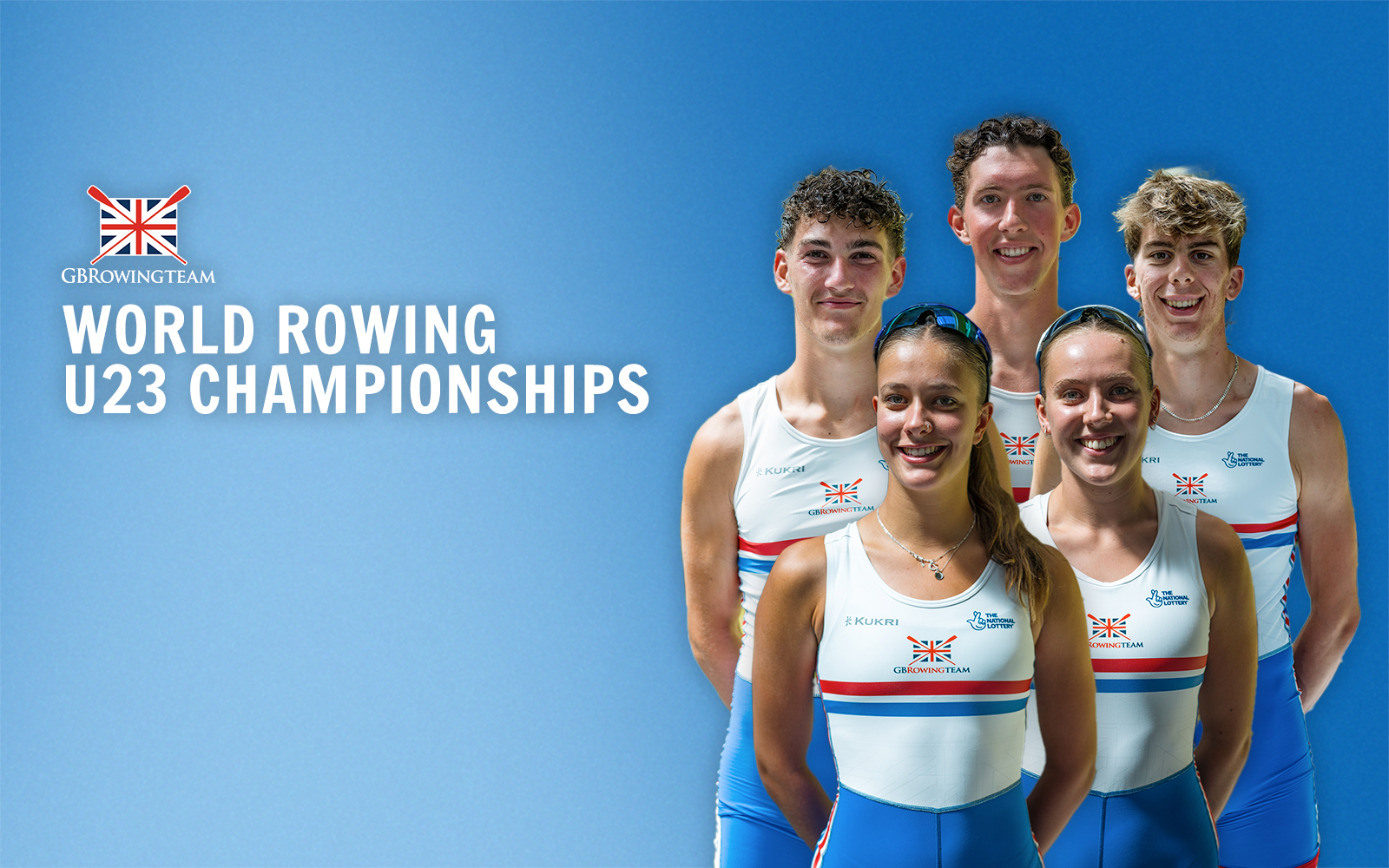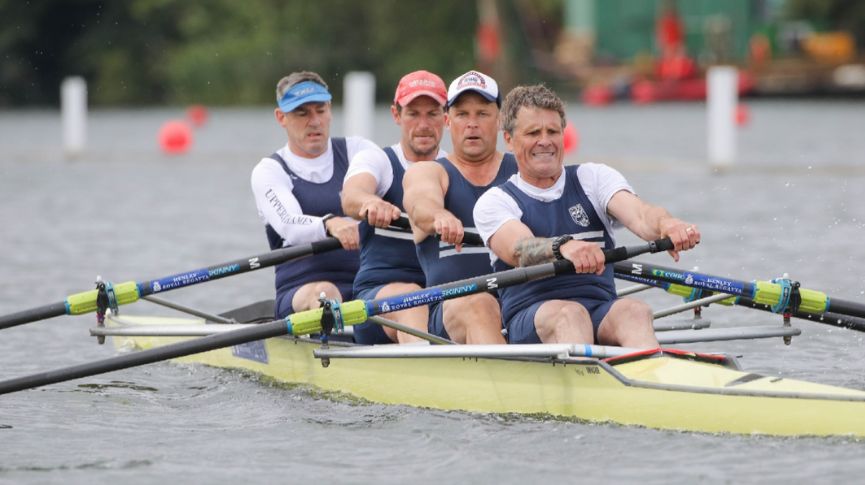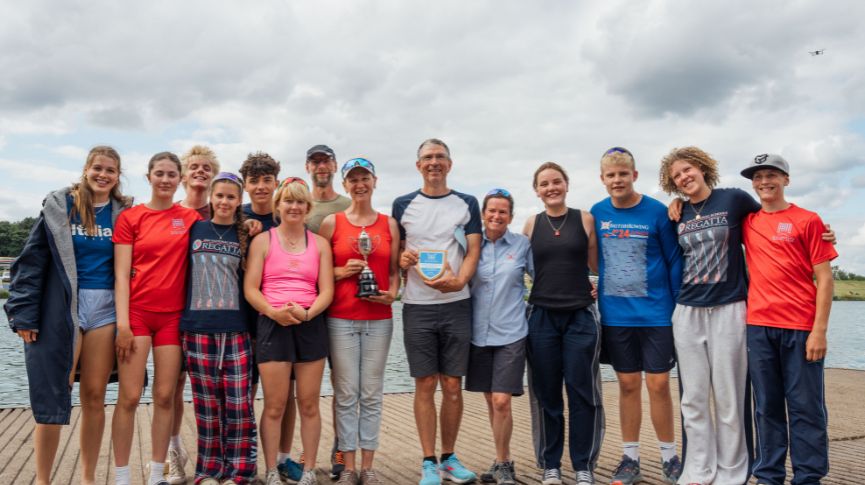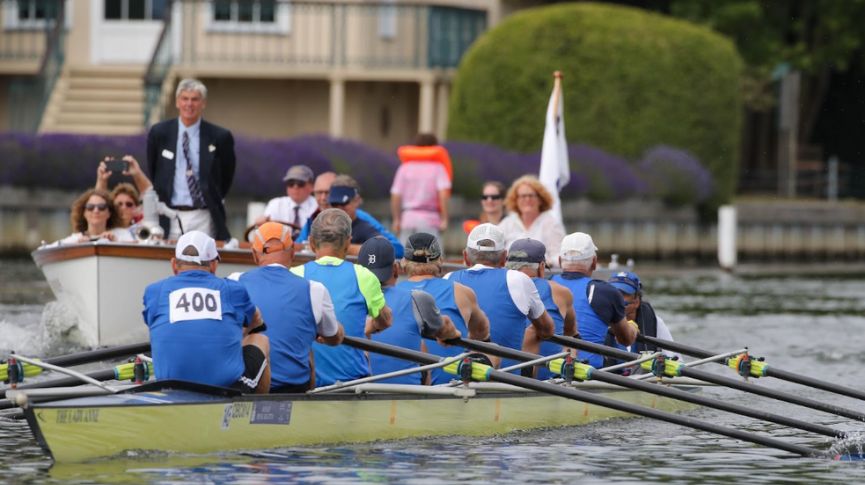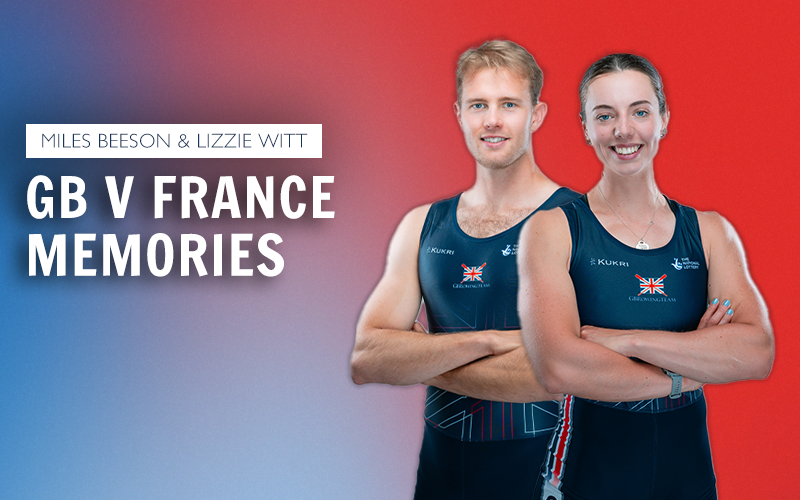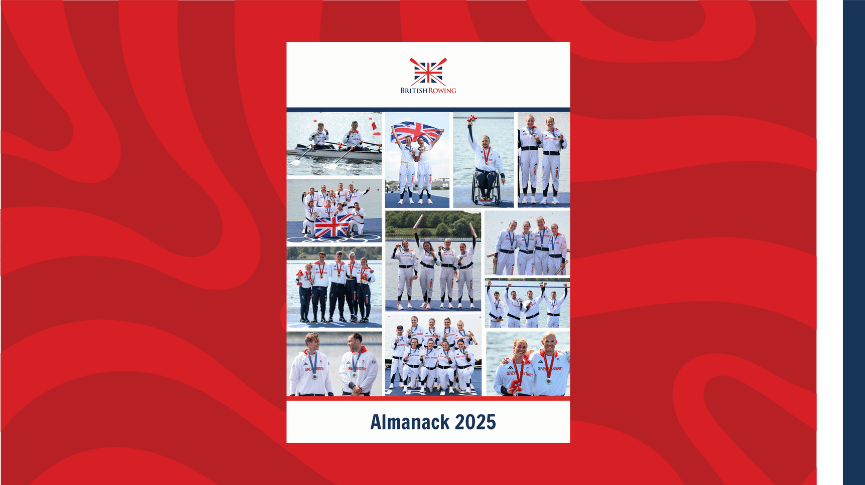Aggie to Aggie surf boat success
St Agnes Surf Life Saving Club rowed 100km from St Agnes on Scilly back to St Agnes in Cornwall to celebrate their RNLI station’s 50th anniversary last month. Crew member Alex Jessel talks about their row
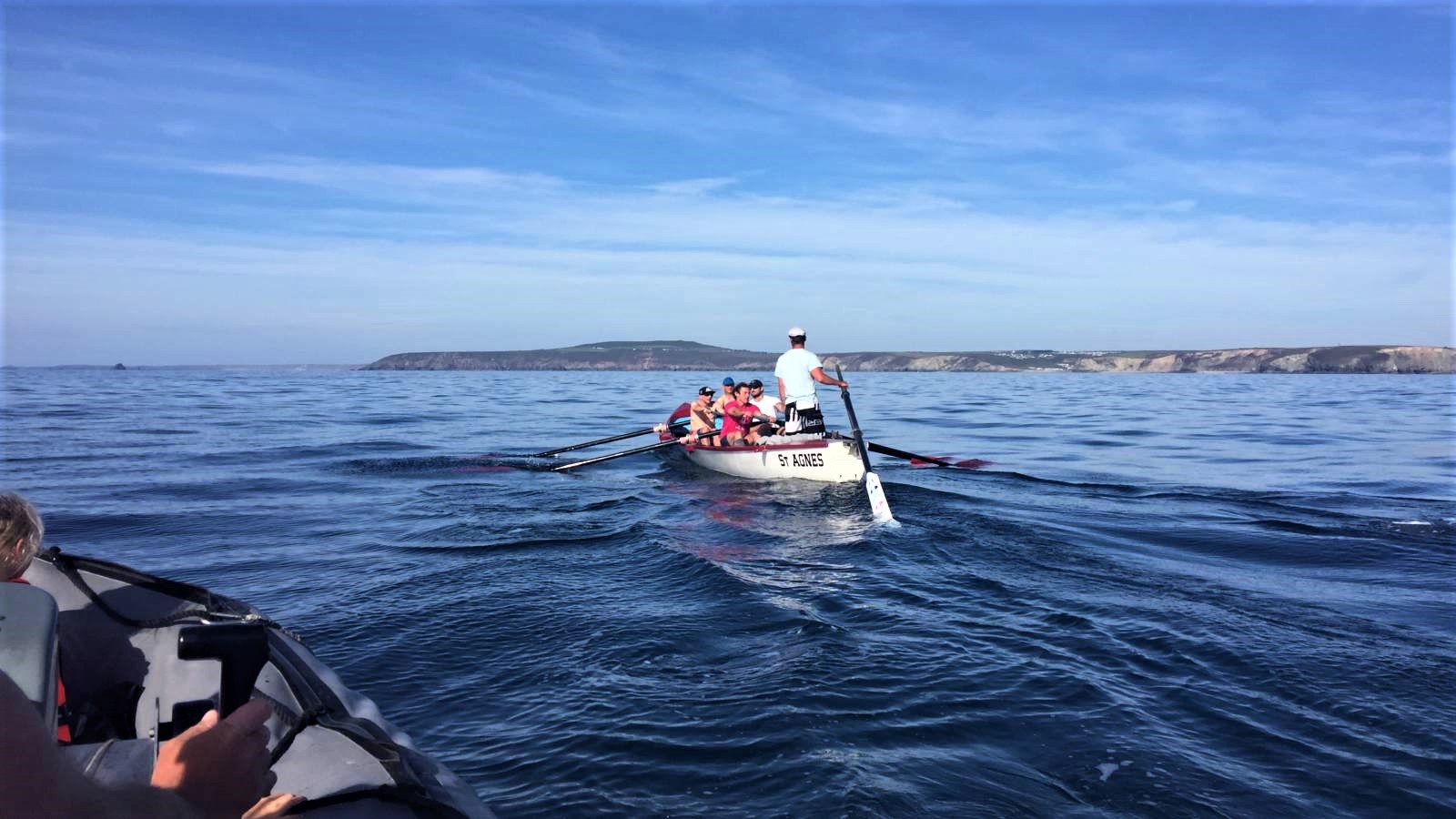
Rowing towards St Agnes Beacon
“Eight men from St Agnes Surf Life Saving Club rowed 100km in a surf boat from the island of St Agnes on the Isles of Scilly back to our home on St Agnes, north Cornwall on Saturday 23 June. Jon Baglow, Dickon Berriman, Steve Instance, Martin Johnston, Rob Parry, Chris and Stu Whitworth and myself – Alex Jessel – took 12.5 hours to complete the gruelling row, arriving in time to celebrate the 50th anniversary of the RNLI station in St Agnes.
“Aged from 28 to 53-years-old, we had a range of experience from rowing at Henley Royal Regatta, through to gig, coastal and surf boat rowing. Our crew included two RNLI members and two medical professionals so we have planned the trip with care and proper risk assessments had gone into the mix.
“Surf boats were originally used as beach rescue craft in Australia, so the row was a fitting way of celebrating the RNLI’s contribution over half a century at St Agnes.
“Crew member Chris Whitworth initially floated the idea back in the winter – he likes an adventure! The previous year five of the crew had taken the boat to Venice and rowed the Vogalonga. This time he said, ‘Let’s row from Aggie to Aggie’. It had a ring about it and it sounded short!
“So in preparation for the trip we took the ferry over to St Agnes on the Isles of Scilly on Friday 22 June. The wind was blowing a bit of a hoolie. ‘I’m sure the wind is dropping,’ was the catchphrase of the evening at the campsite as the tents billowed and flapped around.
“When Saturday morning dawned, the wind had dropped overnight and conditions were perfect. It gave way to a gloriously calm sunny morning and by 6am we were standing on a small beach with the surf boat and safety rib ready to launch.
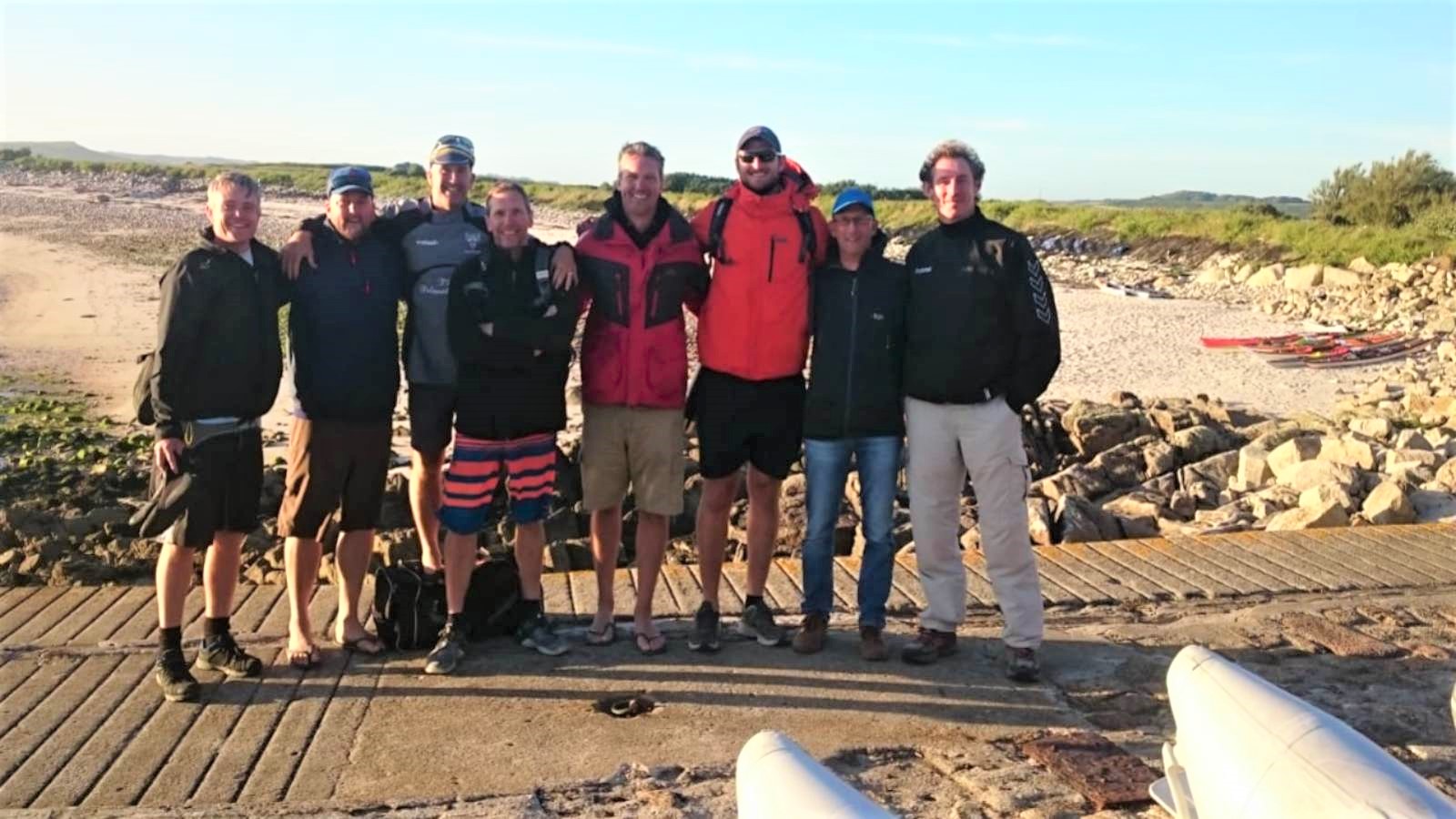
“We’d informed the coastguard of our intended course, type, number of craft, destination and ETA. After all we would be crossing one of the busiest shipping lanes in the UK with more than 100 vessels a day passing between the Scillies and the mainland; we didn’t want any nasty surprises.
“The route started through the eastern Isles of Scilly, past the beautiful sandy beaches and deserted islands. There was a slight swell running and eddies around the islands, but we quickly got into a nice rowing rhythm, enjoying the fresh morning air – this was going to be a long Saturday morning paddle.
Let’s row from Aggie to Aggie. It had a ring about it and it sounded short!
“The surf boat has four oars so that allowed us to swap two rowers every hour, and on each half hour we swapped rowing sides in the boat. We had four experienced sweep oarsmen amongst us to take turns steering the surf boat which left three on each shift to man the safety boat.
“It took an hour to cross the Scillies, at which point the waves picked up and we had to watch our blades carefully as the water rose and fell two or three feet around us on every stroke. We passed a local fisherman who waved and around this point we saw a porpoise swimming nearby.
“Out at sea, the water took on an almost oily quality in the perfect blue stillness later on.
“As we crossed into the shipping lanes a few big cargo vessels could be seen in the distance. It’s surprising how fast a huge ship can cross the horizon when you are in a small rowing boat!
We were followed by a grey seal and then paddled past a rare sight – a sunfish basking on the surface of the sea
“Our route took us along the north coast of Cornwall and we were aiming for Pendeen as our first point on the mainland. We had a good half hour of hard rowing passing Pendeen, with really turbulent waters as the tide and currents met around the headland. But then things flattened out and we picked up speed again and headed for St Ives. The safety rib left us temporarily to go into Hayle for fuel. Pasties had also been on the order sheet, but the bakery was closed!
“As we paddled around the Godrevy lighthouse we could now see the St Agnes beacon for the first time on the trip. It looked close, maybe just 20km away, but that still meant a three hour row and time was ticking.
“We were followed for a while by a large grey seal and then paddled past a rare sight – a sunfish basking on the surface of the sea. All we could see from the water was a small fin sticking out of the water, however an adult can grow to 3m in length and weigh 1,000kg!
As the St Agnes Beacon grew nearer, the sight of people waving from the clifftops gave us a second wind
“Portreath was our next marker and this one took a while. With the tide against us, we were now starting to get a little tired. Despite paddling hard for an hour we couldn’t seem to quite get past the village. However, we plodded on and into, what became, our last crew change.
“As the St Agnes Beacon grew nearer, the sight of people waving from the clifftops gave us a second wind. The St Agnes women’s surf boat crew rowed out from the village to meet us.
“Finally, at 7.30pm we paddled into St Agnes Bay to be met by a cheering crowd on the beach waiting for us. The RNLI celebrations were in full swing with Cornish sea shanty singers doing their bit on the quay and lots of people enjoying the hog roast and gloriously sunny evening on the beach.
“So we had completed our Aggie to Aggie 100km row and finished on time to add our little bit to the RNLI celebrations; 12.5 hours of rowing in total and with surprisingly few blisters.
“However, the question remains: what will we do next year?”
We would love to hear any stories that you have about your club or community. Why not share them with us via #YourStories


